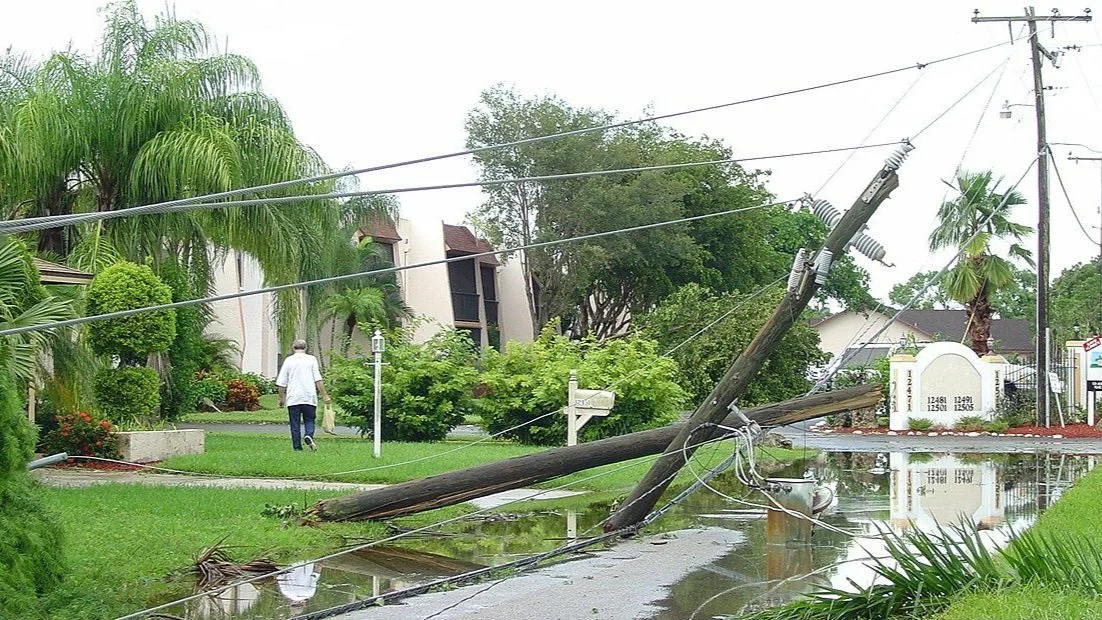When considering investing in a home standby generator, imagine this: A powerful storm cripples the Texas electrical grid, toppling trees and power lines. Thousands of Texans endure days of darkness, suffering through blistering heat or freezing cold as utility crews work tirelessly to restore power. These are scenarios that have unfortunately occurred many times in the past and will continue in the future.
Did you know that Texas had 210 weather-related power outages from 2000 to 2023? That's more than any other state! This interesting statistic comes from an analysis by Climate Central, a nonprofit organization that looked at power outage data from the U.S. Department of Energy. It really shows how much weather events can impact Texas's power grid. The state’s unique geography and its experience with various severe weather phenomena make it extra susceptible to outages. Plus, as we all know, climate change is making these events happen more often and with greater intensity. It's an important reminder of how we need to pay attention to our changing climate!
The unique Texas grid configuration makes it more vulnerable to extreme weather events. The 2021 winter storm highlighted the critical infrastructure challenges and the need for significant improvements to ensure reliable power delivery. Experts warn that the Texas power grid is facing new strains from growing data centers in the tech sector, which are consuming ever more electricity for crypto mining and artificial intelligence.
The state government has taken steps to address these issues, including legislative reforms and investments in grid infrastructure. However, the ongoing challenges and the potential for future disruptions emphasize the importance of continued efforts to enhance grid resilience and reliability. This year, grid operators revealed a startling prediction: power demand may nearly double within the next six years. This significant increase highlights the urgent need for proactive energy solutions.
Ercot faces two major challenges ahead. First, renewable energy capacity is projected to rise by 120% by the end of the decade. Second, peak system demand could hit 152 gigawatts in 2030, nearly double the current maximum. While utilities are increasing spending to tackle these issues, the planned grid expansion still won't meet net-zero targets.



